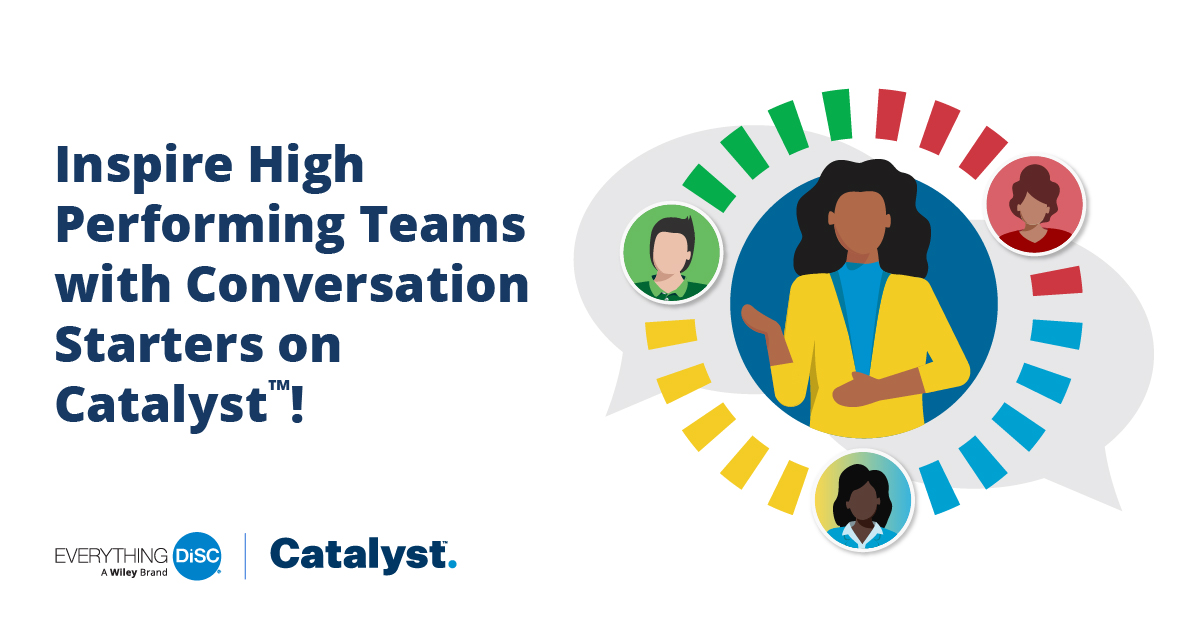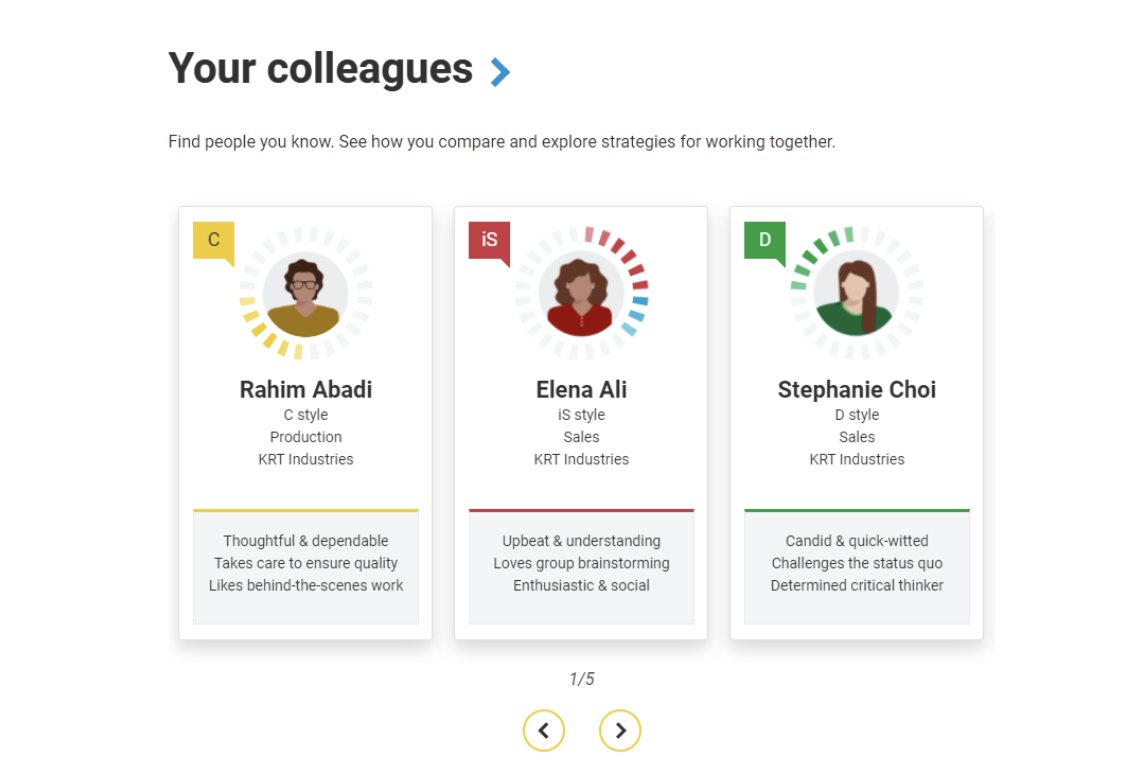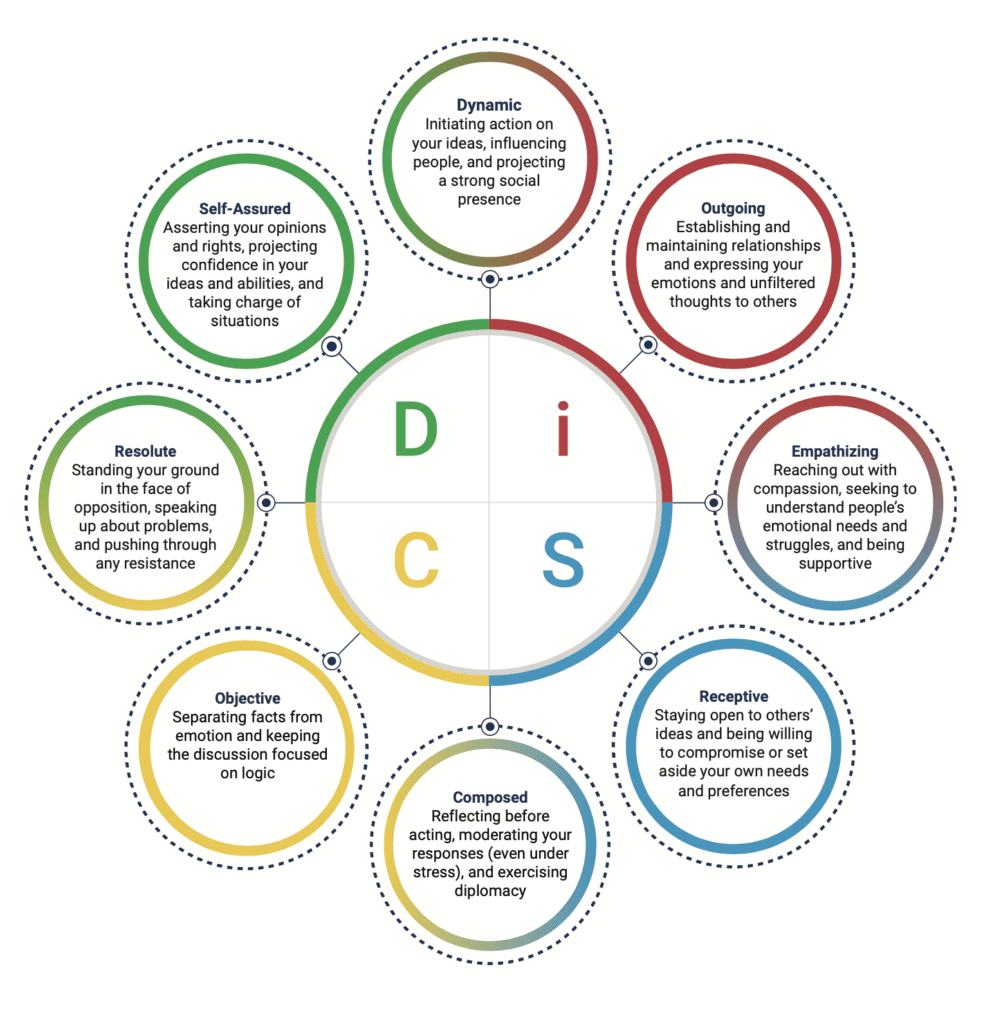12 Tips to Communicate Better and Improve Business Results
12 Tips for communicating better
Strong leader communicators know that when it’s effective, communication does much more than make people feel good. It is directly linked to business results.
In fact, good communication is inextricably linked to strong leadership. It inspires employees to commit their best effort by helping them understand the goals of the organization and how their individual efforts contribute to overall success.
Here are 12 tried and true ideas for communication that drives results:
1. Don’t settle for good…be great: Good communication gets the message out, and great communication connects the dots. Whether it’s in your detailed job description or not, your role is to connect the dots so others know what’s possible and their role in making it happen.
2. Build trust and credibility: Be visible and approachable, engage others openly, fully, and early on.
3. Set context and make information relevant: Remember to provide context and make information relevant so your audiences understand how they fit in and what it means to them. Provide job-related information so those you work with have the essential information they need to do their job effectively and/or make the best decisions.
4. Communicate with integrity: Tell the truth always and without exception.
5. Match your words and actions: Talk is cheap…especially when it comes to leaders and their ability to build and maintain trust. Just ask anyone (especially employees). At the end of the day, it’s actions and results that matter most.
6. Make time to communicate and make the most of that time: Set up regular face-to-face – this can be virtual – (or voice-to-voice) communication opportunities.
7. Be brief and brilliant: Be ready to get your point across in 15 seconds or less. Grab attention from the start and convince your listener what’s in it for them so they want to hear more.
8. Remember the basics, 5Ws and an H: This is the who, what, where, when, why and how. Keep in mind that adults usually process the “what”, then the “why.”
9. Use stories: The right anecdote can be worth a thousand theories or facts.
10. Check for understanding: Make sure your message is heard and really understood. Ask questions. Listen. Ask for a paraphrase.
11. Know your audience and what’s important to them: Understanding your audience is key to moving employees to action; the more you know about them, the better you’ll be able to persuade them.
12. Watch for information overload: Just because you say something doesn’t mean others hear and understand you. And isn’t that the whole point of communication – to create shared understanding and drive people to action? The answer is yes!
Source: David Grossman, The Grossman Group
“Excellent communication doesn’t just happen naturally. It is a product of process, skill, climate, relationship and hard work
– Pat McMillan
Did you know this about disc?
DiSC is an assessment that aids with effective communication

With Conversation Starters on Catalyst, teams have an easy and fun way to tackle common challenges that hinder performance and move to tangible change. By combining DiSC with simple discussion guides, teams can talk about personality-based differences and how they affect group performance.
You will:
- Get to know each other faster
- Communicate more clearly
- Make better decisions together
Getting started is easy!
- Visit the Your Groups feature on Catalyst
- Create and save a group with people in your organization
- Click into Conversation Starters and choose a topic








